| Item Type: | Article |
|---|---|
| Title: | Cardiac magnetic tesonance imaging in the German National Cohort (NAKO): automated segmentation of short-axis cine images and post-processing quality control |
| Creators Name: | Full, Peter M., Schirrmeister, Robin T., Hein, Manuel, Russe, Maximilian F., Reisert, Marco, Ammann, Clemens, Greiser, Karin Halina, Niendorf, Thoralf, Pischon, Tobias, Schulz-Menger, Jeanette, Maier-Hein, Klaus H., Bamberg, Fabian, Rospleszcz, Susanne, Schlett, Christopher L. and Schuppert, Christopher |
| Abstract: | BACKGROUND: The prospective, multicenter German National Cohort (NAKO) provides a unique dataset of cardiac magnetic resonance (CMR) cine images. Effective processing of these images requires a robust segmentation and quality control pipeline. METHODS: A deep learning model for semantic segmentation, based on the nnU-Net architecture, was applied to full-cycle short-axis cine images from 29,908 baseline participants. The primary objective was to determine data on structure and function for both ventricles (LV, RV), including end-diastolic volumes (EDV), end-systolic volumes (ESV), and LV myocardial mass. Quality control measures included a visual assessment of outliers in morphofunctional parameters, inter- and intra-ventricular phase differences, and time-volume curves (TVC). These were adjudicated using a five-point rating scale, ranging from five (excellent) to one (non-diagnostic), with ratings of three or lower subject to exclusion. The predictive value of outlier criteria for inclusion and exclusion was evaluated using receiver operating characteristics analysis. RESULTS: The segmentation model generated complete data for 29,609 participants (incomplete in 1.0%), of which 5,082 cases (17.0%) underwent visual assessment. Quality assurance yielded a sample of 26,899 (90.8%) participants with excellent or good quality, excluding 1,875 participants due to image quality issues and 835 participants due to segmentation quality issues. TVC was the strongest single discriminator between included and excluded participants (AUC: 0.684). Of the two-category combinations, the pairing of TVC and phases provided the greatest improvement over TVC alone (AUC difference: 0.044; p<0.001). The best performance was observed when all three categories were combined (AUC: 0.748). By extending the quality-controlled sample to include mid-level 'acceptable' quality ratings, a total of 28,413 (96.0%) participants could be included. CONCLUSION: The implemented pipeline facilitated the automated segmentation of an extensive CMR dataset, integrating quality control measures. This methodology ensures that ensuing quantitative analyses are conducted with a diminished risk of bias. |
| Keywords: | Cardiac MR Imaging, Population Imaging, Artificial Intelligence, Quality Control, German National Cohort |
| Source: | Journal of Cardiovascular Magnetic Resonance |
| ISSN: | 1097-6647 |
| Publisher: | Elsevier / Society for Cardiovascular Magnetic Resonance |
| Page Range: | 101958 |
| Date: | 12 September 2025 |
| Official Publication: | https://doi.org/10.1016/j.jocmr.2025.101958 |
| PubMed: | View item in PubMed |
| Related to: |
Repository Staff Only: item control page

 Tools
Tools Tools
Tools

